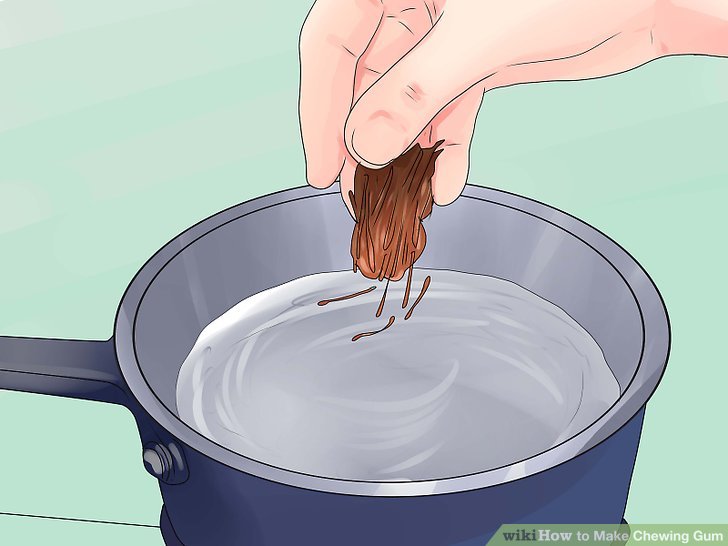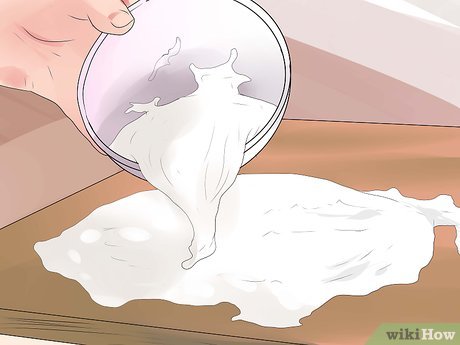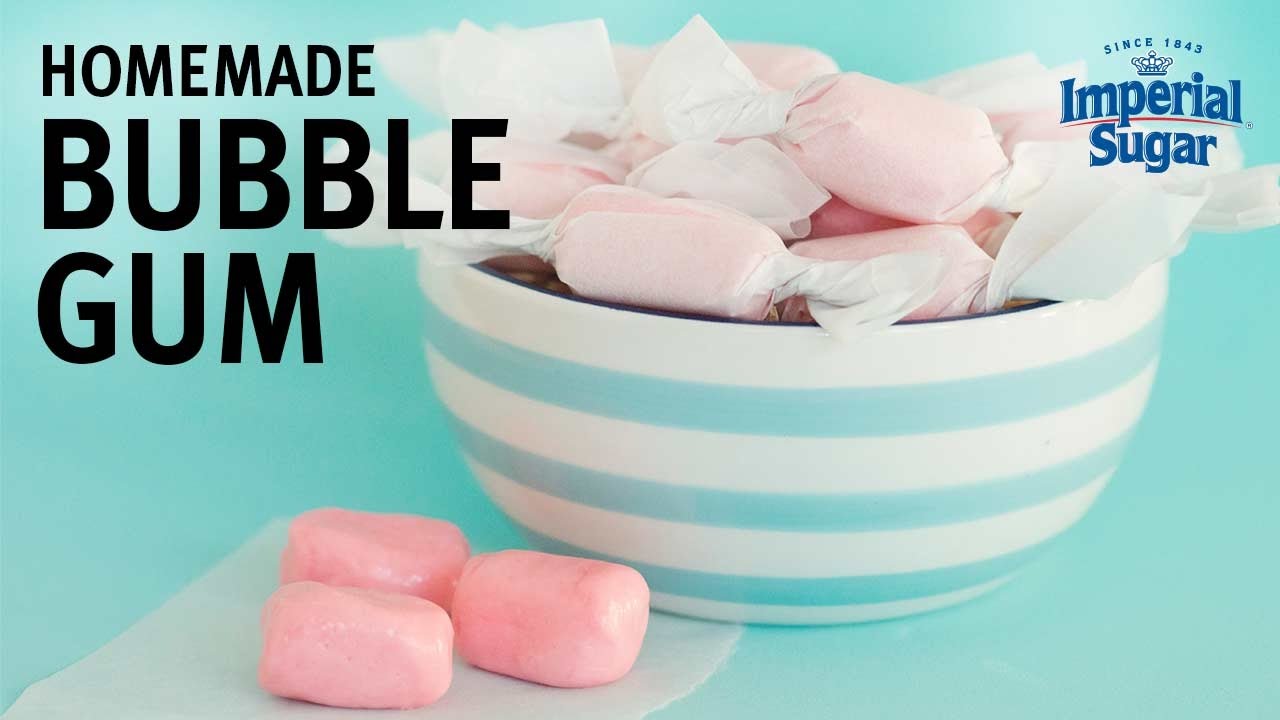Have you ever thought about making your own chewing gum at home? Not only is it a fun and creative project, but it also allows you to customize flavors and ingredients to suit your tastes. Making chewing gum can be a great way to learn about food science while enjoying a sweet treat that you can proudly say you made yourself.
This guide will walk you through a DIY recipe that’s easy to follow and requires common ingredients. So, roll up your sleeves and get ready to impress your friends and family with your homemade gum prowess!
Ingredients Needed for the Recipe

Before we dive into the gum-making process, let’s gather the necessary ingredients. You might be surprised by how simple they are! Here’s what you’ll need:
- 1/2 cup of gum base: This is the main ingredient for creating the chewy texture.
- 2 tablespoons of corn syrup: Adds sweetness and helps to keep the gum pliable.
- 1 tablespoon of powdered sugar: This helps to reduce stickiness and provides a bit more sweetness.
- Flavoring (to taste): You can use essential oils, extracts, or flavor powders. Common choices are peppermint, cinnamon, or fruity flavors.
- Optional colorings: Food coloring can be added for a fun twist.
Here’s a quick overview in a table format for clarity:
| Ingredient | Quantity | Purpose |
|---|---|---|
| Gum base | 1/2 cup | Main chewy component |
| Corn syrup | 2 tablespoons | Adds sweetness and pliability |
| Powdered sugar | 1 tablespoon | Reduces stickiness |
| Flavoring | To taste | Flavor enhancement |
| Coloring | Optional | Add visual appeal |
Having these ingredients on hand will set you up for a successful DIY gum-making adventure. Let’s get ready to chew on something delicious!
3. Step-by-Step Instructions for Making Chewing Gum

Making chewing gum at home might sound like a fun challenge, and it really is! Here’s a simple step-by-step guide that will walk you through the process.
- Gather Your Ingredients: You’ll need:
- 1/2 cup of gum base
- 1 cup of powdered sugar
- 1/4 cup of corn syrup
- Flavoring (like mint or fruity extracts)
- Optional: Food coloring
4. Tips for Flavors and Additives

Now that you've made your chewing gum, why not play around with flavors and additives to customize it even further? Here are some tips to take your gum to the next level!
- Choose Your Flavoring: You can use different extracts for a variety of tastes, such as:
- Vanilla extract
- Almond extract
- Citrus oils (like lemon or orange)
- Mint oil for a refreshing burst!
- Experiment with Sweeteners: Besides corn syrup, you can try using:
- Honey for a natural sweetener
- Stevia for a sugar-free option
- Add Color: If you want your gum to pop visually, consider adding a few drops of food coloring to the mix. It can make the chewing experience even more fun!
- Crunchy Add-ins: Feel free to incorporate tiny bits of crunchy candies or dried fruit. Just make sure they are finely chopped so they blend well and don’t spoil the texture.
- Store with Care: If using flavored oils, ensure that the gum is stored separately from other foods to prevent absorption of smells or flavors.
With these tips, you can craft gum that is uniquely yours. Happy chewing!
5. Storing Your Homemade Chewing Gum
Once you've successfully created your own homemade chewing gum, you might be wondering how best to store it to keep it fresh and enjoyable for later use. Proper storage is essential to maintain its flavor, texture, and chewiness. Let's break down the best practices to ensure your gum stays in top shape:
- Cool, Dry Place: Store your gum in a cool, dry location to avoid any melting or excessive stickiness. A pantry or a kitchen cabinet away from direct sunlight works perfectly.
- Airtight Container: To keep your gum from drying out, place it in an airtight container. This limits exposure to air, which can cause the gum to lose its flavor and become hard.
- Wrap It Up: If you don’t have an airtight container, you can wrap each piece of gum in wax paper or plastic wrap. This will help preserve its moisture and flavor.
- Use a Zip-Lock Bag: A resealable zip-lock bag is also a great option. Just make sure to squeeze out as much air as possible before sealing it for optimal freshness.
Most homemade chewing gum can last several weeks if stored correctly. However, for the best taste, try to enjoy your creation within the first two weeks. If it starts to lose its flavor or texture, it might be time to whip up another batch!
6. Conclusion: Enjoying Your DIY Chewing Gum
Congratulations! You've now mastered the art of making your very own chewing gum at home. It’s not just a fun project; it opens the door to a world of flavors and creativity! Here’s a quick recap of how to fully enjoy your DIY chewing gum:
- Experiment with Flavors: Feel free to mix different flavor extracts or essential oils to create unique blends. Mint, cinnamon, and even fruit flavors can make your gum truly one-of-a-kind!
- Share with Friends: Nothing beats the joy of sharing your homemade treats. Package some cute little bags and give them out to friends or family. They will be pleasantly surprised!
- Enjoy Responsibly: Chewing gum can be a fun habit, but just remember to enjoy it in moderation. Too much gum can lead to jaw fatigue or digestive issues, so keep that in mind.
- Try Different Bases: Once you've got the basics down, don’t hesitate to explore other base ingredients like sugar-free options or different sweeteners.
In conclusion, making your own chewing gum is an enjoyable and rewarding experience that allows you to control your ingredients and flavors. So, gather your supplies, invite some friends to join, and have a blast with your homemade gum creation!
 admin
admin








